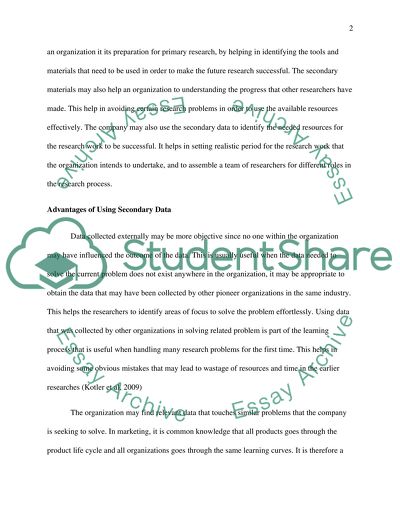Cite this document
(“Why Organisations Should Spend Time Gathering Secondary Data Prior to Coursework”, n.d.)
Why Organisations Should Spend Time Gathering Secondary Data Prior to Coursework. Retrieved from https://studentshare.org/marketing/1437130-discuss-why-organisations-should-spend-time
Why Organisations Should Spend Time Gathering Secondary Data Prior to Coursework. Retrieved from https://studentshare.org/marketing/1437130-discuss-why-organisations-should-spend-time
(Why Organisations Should Spend Time Gathering Secondary Data Prior to Coursework)
Why Organisations Should Spend Time Gathering Secondary Data Prior to Coursework. https://studentshare.org/marketing/1437130-discuss-why-organisations-should-spend-time.
Why Organisations Should Spend Time Gathering Secondary Data Prior to Coursework. https://studentshare.org/marketing/1437130-discuss-why-organisations-should-spend-time.
“Why Organisations Should Spend Time Gathering Secondary Data Prior to Coursework”, n.d. https://studentshare.org/marketing/1437130-discuss-why-organisations-should-spend-time.


